A Roman Holiday: Explore Rome in 4 days
Why is it worth visiting Rome?
Rome, the eternal city, is a captivating destination that effortlessly combines history, culture, and art. With its rich heritage spanning over 2,500 years, Rome offers a mesmerizing experience that makes it worth visiting for travelers from around the globe.
One of the main reasons to visit Rome is its unparalleled historical significance. As the capital of the Roman Empire, the city boasts iconic landmarks such as the Colosseum, the Roman Forum, and the Pantheon. These awe-inspiring structures are a testament to ancient Rome’s grandeur and architectural prowess, allowing visitors to step back in time and immerse themselves in the stories of emperors, gladiators, and the rise and fall of an empire.
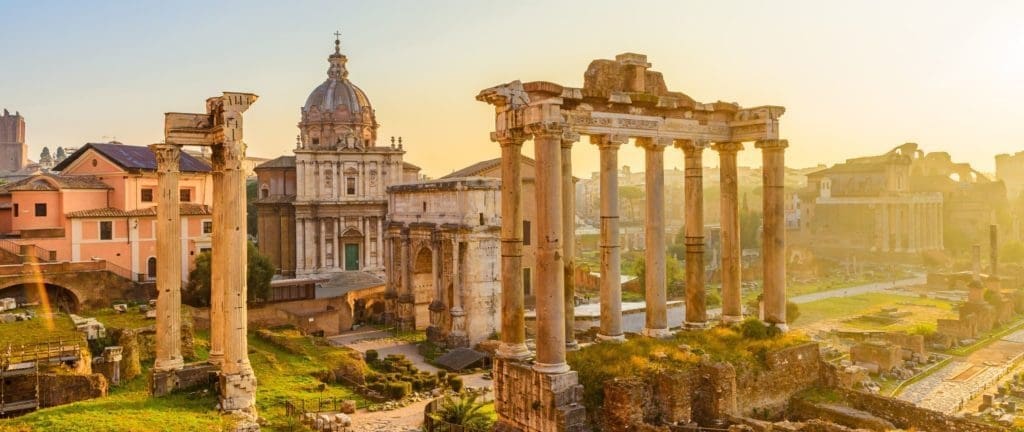
Rome is also home to the Vatican City, an independent state within the city limits. Here, you can explore the magnificent St. Peter’s Basilica, marvel at Michelangelo’s masterpiece, the Sistine Chapel, and witness the grandeur of the Vatican Museums. The spiritual and artistic treasures found within the Vatican are unrivaled, drawing millions of visitors each year.
Beyond its historical and religious significance, Rome is a vibrant and bustling modern city. Stroll through its charming streets, and you’ll encounter picturesque piazzas, such as Piazza Navona and the Spanish Steps, where you can sit back, sip a cappuccino, and watch the world go by. Indulge in authentic Italian cuisine, savoring traditional dishes like pasta carbonara, cacio e pepe, and gelato in local trattorias and gelaterias.
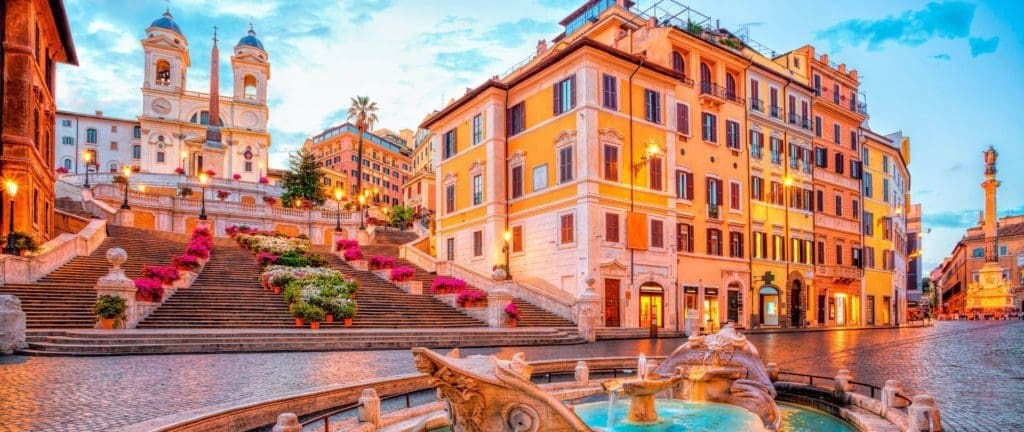
Art enthusiasts will find themselves in paradise in Rome. The city is a treasure trove of artistic masterpieces, with renowned museums like the Galleria Borghese housing works by Caravaggio, Bernini, and Raphael. You can also explore the neighborhoods of Trastevere and Monti, which are dotted with galleries showcasing contemporary art and vibrant street art.
Rome’s ambiance and charm are further enhanced by its fountains, including the iconic Trevi Fountain, where tossing a coin ensures your return to the eternal city. The city’s green spaces, such as Villa Borghese and the Appian Way Regional Park, provide a tranquil escape from the urban hustle, allowing visitors to relax and enjoy nature’s beauty.
Moreover, Rome’s lively atmosphere comes to life during festivals and events like the Carnival, Easter celebrations, and the Rome Film Festival, which add an extra layer of excitement to any visit.
In summary, Rome is a captivating blend of ancient wonders, cultural treasures, delectable cuisine, and an atmosphere that seamlessly combines history with modern vitality. Whether you’re a history buff, an art lover, a food enthusiast, or simply seeking to immerse yourself in the eternal city’s unique ambiance, Rome offers an unforgettable experience that is truly worth a visit.
When is the best time to travel to Rome?
The best time to visit Rome is generally from April to June or from September to November. During these months, the weather is mild, and the crowds are relatively smaller compared to the peak summer months of July and August.
In the spring (April to June), the weather is pleasant, and the city is blooming with flowers, making it an ideal time for sightseeing and outdoor activities. Plus, the Easter celebrations in Rome are truly unforgettable, so if you want to witness the grandeur of the Holy Week, this is the perfect time to visit.
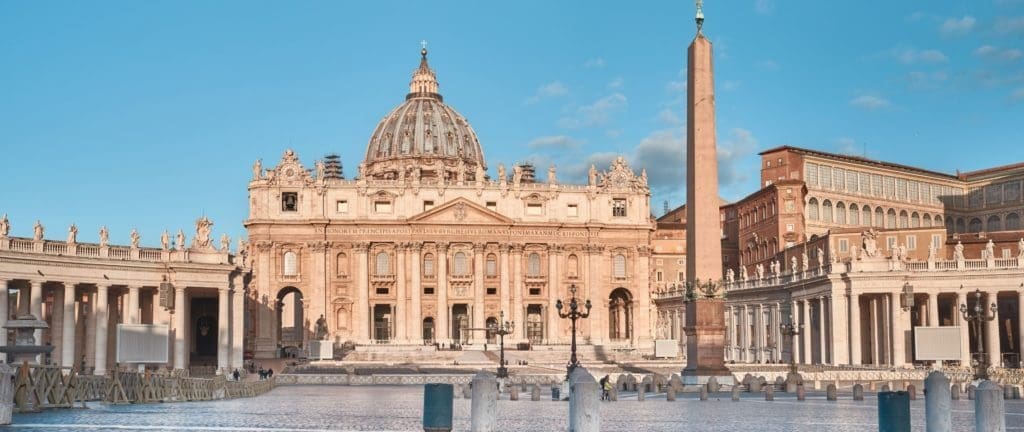
In the fall (September to November), the temperatures are cooler, and the crowds are thinning out. This is an excellent time to explore Rome’s cultural treasures without feeling overwhelmed by the masses of tourists. Plus, you’ll be able to experience the city’s colorful autumn foliage and participate in seasonal festivals, such as the Rome Film Festival and the Chestnut Festival.
If you prefer warmer weather and don’t mind the crowds, you can also consider visiting Rome in the summer (July to August). However, be prepared for high temperatures and long lines at popular attractions. It’s essential to stay hydrated and plan your itinerary carefully to avoid the heat of the day.
Ultimately, the best time to visit Rome depends on your personal preferences and travel style. Whether you prefer mild weather or vibrant festivals, Rome has something to offer throughout the year.
How to get to Rome
By Air: Rome is served by two major international airports: Leonardo da Vinci-Fiumicino Airport (FCO) and Ciampino Airport (CIA). These airports receive flights from various destinations worldwide. Fiumicino Airport is the primary hub for international flights, while Ciampino Airport is mainly used by low-cost carriers. From the airports, you can easily reach the city center by train, bus, or taxi.

Book your flight ticket!
Rome awaits your arrival!
By Train: Rome is well-connected to other major Italian cities and European destinations via an extensive railway network. The city has several train stations, with Roma Termini being the main one. High-speed trains, such as the Frecciarossa, Frecciargento, and Italo, offer efficient and comfortable connections to Rome from cities like Milan, Florence, Naples, and Venice.
By Bus: Many bus companies provide services to Rome from various European cities. Eurolines and FlixBus are popular options offering international connections. Buses typically arrive at Rome’s central bus terminal, Tiburtina Station, or other designated stops in the city.
By Car: If you prefer the flexibility of driving, you can reach Rome by car. Italy has an extensive road network, and major highways connect Rome to other Italian cities and neighboring countries. However, keep in mind that driving in Rome can be challenging due to traffic congestion and limited parking options.
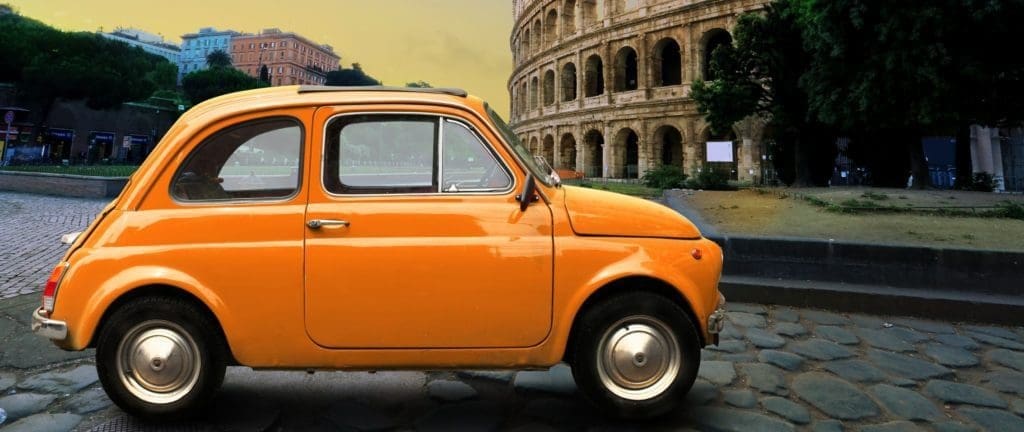
By Cruise: If you’re on a Mediterranean cruise, Rome is often included as a port of call. Cruise ships dock at the nearby port of Civitavecchia, located about 50 miles northwest of Rome. From there, you can take a train, shuttle bus, or private transfer to reach the city center.
Once you’re in Rome, the city has an efficient public transportation system, including buses, trams, and metro lines, making it easy to navigate and explore its attractions.
Consider your budget, travel time, and personal preferences when choosing the best option to get to Rome. Each mode of transportation offers its own advantages, so pick the one that suits your needs and ensures a smooth and enjoyable journey to the eternal city.
Areas to stay at
Rome offers a variety of neighborhoods, each with its own unique charm and character. The best area to stay in Rome depends on your preferences, budget, and the type of experience you are seeking. Here are some popular neighborhoods worth considering:
Historic Center (Centro Storico): This is the heart of Rome, home to iconic landmarks like the Colosseum, Roman Forum, and Trevi Fountain. Staying in the historic center allows easy access to major attractions, charming streets, and a vibrant atmosphere. It’s a great choice if you want to immerse yourself in the city’s history and enjoy the lively ambiance.

Trastevere: Located across the Tiber River, Trastevere is known for its narrow cobblestone streets, bohemian vibe, and lively nightlife. This charming neighborhood is filled with picturesque squares, traditional trattorias, and artisan shops. Staying in Trastevere offers a more local experience and a glimpse into Rome’s authentic side.
Monti: Nestled between the Colosseum and Termini Station, Monti is a trendy and artistic neighborhood with a vibrant atmosphere. It has a mix of fashionable boutiques, vintage shops, trendy bars, and cozy restaurants. Monti is an excellent choice for those seeking a hip and dynamic neighborhood with a local feel.
Vatican City: If you want to be close to the Vatican and its famous attractions like St. Peter’s Basilica and the Vatican Museums, consider staying near Vatican City. This area offers a quieter and more residential vibe compared to the city center. It’s well-connected by public transportation and provides a peaceful retreat after a day of exploration.
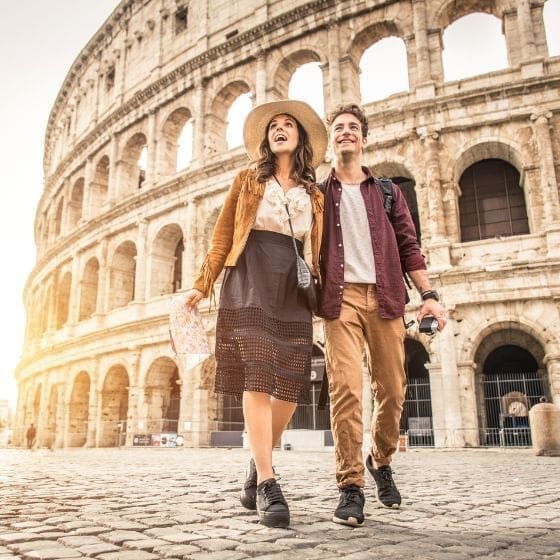
Create lasting memories
Book your ideal hotel experience today!
Spanish Steps (Piazza di Spagna): Located near Rome’s high-end shopping district, the Spanish Steps area is perfect for luxury travelers. It offers upscale hotels, designer boutiques, and elegant streets. Staying here puts you within walking distance of famous sites like the Spanish Steps, Villa Borghese, and the Trevi Fountain.
Testaccio: For a more local and authentic experience, consider staying in Testaccio. This neighborhood is known for its vibrant food scene, with lively markets, traditional trattorias, and excellent street food options. It’s a great choice for food enthusiasts and those looking for a less touristy atmosphere.
These are just a few of the many neighborhoods in Rome worth considering. Each area has its own unique charm and advantages, so take into account your interests, budget, and preferred atmosphere when choosing the best place to stay.
Your 3 Days Travel Plan
Day 1
Morning: Start your day early to beat the crowds and make your way to the Colosseum, one of the most iconic landmarks in Rome. This ancient amphitheater, built in 70-80 AD, was used for gladiatorial contests and other spectacles. Marvel at its impressive architecture and imagine the grandeur of the events that took place here. Consider booking a skip-the-line ticket or a guided tour to enhance your experience and gain a deeper understanding of its historical significance.
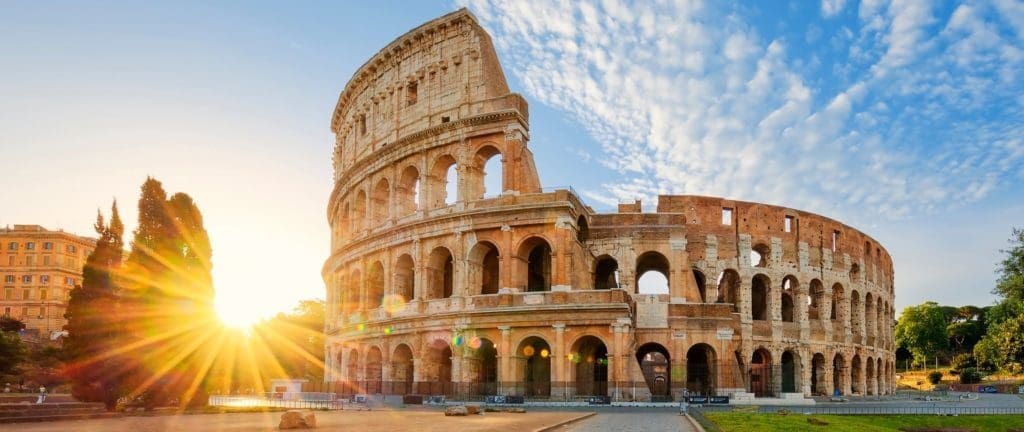
Afternoon: Adjacent to the Colosseum is the Roman Forum, a sprawling archaeological site that was once the heart of ancient Rome. Spend the afternoon exploring this fascinating area, where you can see the remains of ancient government buildings, temples, and marketplaces. Take your time to admire notable structures such as the Temple of Saturn, the Arch of Septimius Severus, and the House of the Vestal Virgins. As you wander through the ruins, you’ll get a sense of the bustling life that once thrived here.
After lunch, you may want to visit the nearby Palatine Hill, which offers panoramic views of the Roman Forum and the city of Rome. This is one of the seven hills of Rome and is considered the legendary birthplace of the city. Explore the lush gardens, ancient palaces, and archaeological sites on the hill, including the House of Augustus and the House of Livia.
Evening: For a relaxing end to the day, head to the neighborhood of Monti. This trendy area is known for its bohemian vibe, artisanal shops, and charming streets. Take a leisurely stroll and browse through the various boutiques offering vintage clothing, handmade jewelry, and unique artworks. Enjoy a delightful dinner at one of the local trattorias, where you can savor authentic Roman dishes paired with a glass of Italian wine. Don’t forget to indulge in some gelato from one of the gelaterias in the area.
Note: Remember to check the opening hours and any specific entry requirements for the Colosseum, Roman Forum, and Palatine Hill ahead of time. It’s advisable to wear comfortable walking shoes, carry a refillable water bottle, and protect yourself from the sun with sunscreen and a hat.
Day 2
Morning: Begin your day by visiting Vatican City, a city-state within Rome and the spiritual center of the Catholic Church. Start with a visit to St. Peter’s Basilica, located in St. Peter’s Square. Marvel at the grandeur of the basilica’s exterior, with its impressive dome and intricate façade. Inside, admire the awe-inspiring artworks, including Michelangelo’s famous sculpture, the Pietà. Take your time to explore the various chapels, such as the Chapel of the Sacrament and the Chapel of the Choir, which showcase remarkable sculptures, mosaics, and paintings.
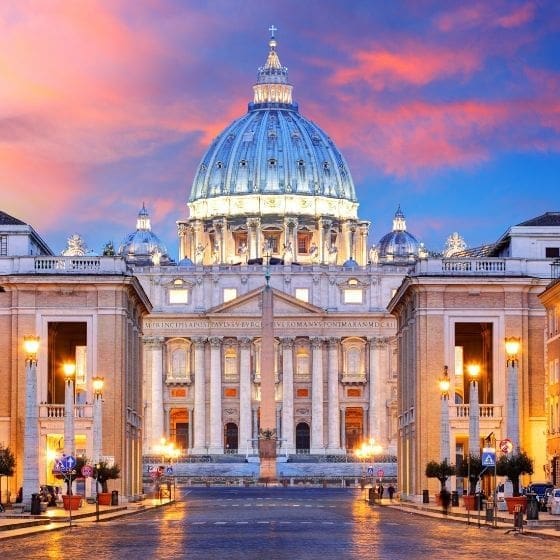
Group Tour in the Vatican!
Book your tickets in advance and skip the lines!
Afternoon: Make your way to the Vatican Museums, which house an extensive collection of art and historical artifacts from different periods. Begin your museum journey by traversing the Gallery of Maps, where you can admire a series of intricately detailed maps of Italy. Continue through the various galleries, including the Gallery of Tapestries and the Gallery of Candelabra, which display magnificent tapestries, sculptures, and ancient Roman artifacts. Finally, reach the world-famous Sistine Chapel, renowned for its breathtaking frescoes painted by Michelangelo. Spend time gazing up at the iconic ceiling adorned with scenes from Genesis, and marvel at the powerful depiction of the Last Judgment on the chapel’s altar wall.
Once you’ve explored the Vatican Museums, you may choose to venture into the nearby neighborhood of Prati. This elegant district offers a different perspective of Rome, with its wide boulevards, upscale shops, and charming streets. Take a leisurely walk along Via Cola di Rienzo, one of Prati’s main shopping streets, lined with boutiques, designer stores, and quaint cafés. You can also visit the historic food market, Mercato Trionfale, where you can indulge in a variety of fresh local produce, cheeses, and other gastronomic delights.
Evening: Conclude your day by immersing yourself in the enchanting atmosphere of the Trastevere neighborhood. Known for its bohemian vibe and picturesque streets, Trastevere offers a delightful mix of ancient charm and modern vibrancy. Explore the narrow cobblestone alleys adorned with colorful ivy-clad buildings and hidden courtyards. Visit the Basilica of Santa Maria in Trastevere, one of Rome’s oldest churches, known for its stunning mosaics and intricate ceiling. As the sun sets, Trastevere comes alive with its lively bars, bustling trattorias, and outdoor cafés. Enjoy a leisurely dinner at one of the local restaurants, indulging in classic Roman dishes like cacio e pepe, amatriciana, or saltimbocca alla romana.
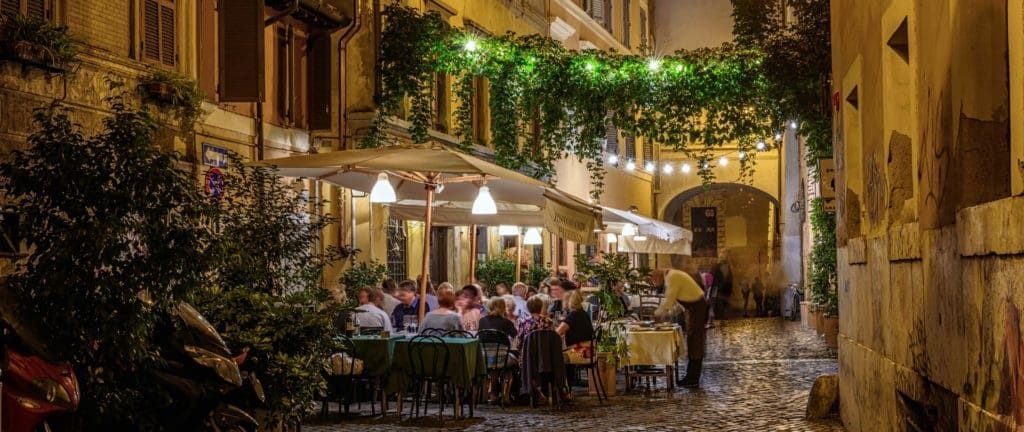
Note: When visiting the Vatican, it is recommended to book tickets in advance or join a guided tour to avoid long queues. Ensure that you adhere to the Vatican’s dress code, which requires covering shoulders and knees. Prati is easily accessible from the Vatican by foot or public transportation, while Trastevere is across the Tiber River and can be reached by bus or tram.
Day 3
Morning: Begin your day by visiting the awe-inspiring Pantheon, one of the most remarkable architectural masterpieces in Rome. Originally built as a temple dedicated to the Roman gods, the Pantheon now serves as a church. Marvel at its imposing exterior and step inside to experience the grandeur of its dome, which remains the largest unreinforced concrete dome in the world. Take time to appreciate the precision of the architectural design and the play of light that enters through the oculus in the center of the dome. Admire the intricate details of the marble floors and the beautiful tombs of notable figures, such as the artist Raphael.

Afternoon: Make your way to the vibrant Piazza Navona, one of Rome’s most famous squares. Admire the stunning Baroque architecture and the central masterpiece, the Fountain of the Four Rivers, created by Bernini. Take a leisurely walk around the square, where street artists, performers, and vendors add to the lively atmosphere. Immerse yourself in the buzzing ambiance and enjoy the lively street scene. If you’re interested in art, consider visiting the nearby Sant’Ivo alla Sapienza, a beautiful church designed by Borromini, or the Church of Sant’Agnese in Agone.
Lunch: Nearby, in the Campo de’ Fiori neighborhood, you’ll find an open-air market that has been in operation for centuries. Stroll through the colorful stalls, brimming with fresh produce, spices, flowers, and local products. Immerse yourself in the vibrant atmosphere and perhaps purchase some ingredients for a picnic or enjoy a quick lunch at one of the many trattorias and pizzerias in the area.
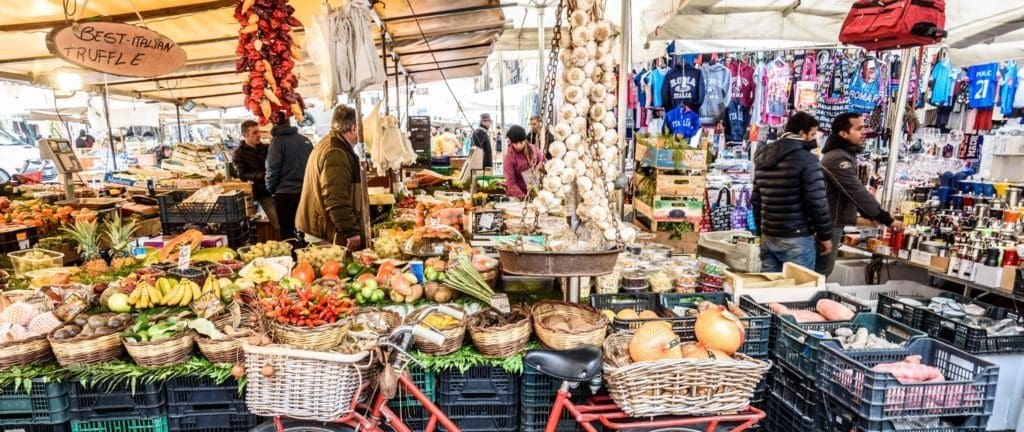
Evening: As the sun begins to set, head to the Spanish Steps (Piazza di Spagna), one of Rome’s most iconic landmarks. Climb the monumental staircase, adorned with colorful flowers in the spring, to reach the Trinità dei Monti church at the top. From here, you’ll be rewarded with a breathtaking view of the city below. Take your time to soak in the panoramic vista and capture memorable photos. After descending the steps, explore the upscale shopping district of Via dei Condotti, home to renowned fashion houses and luxury brands. Alternatively, you can take a leisurely stroll along Via del Corso, one of Rome’s main shopping streets, where you’ll find a mix of well-known retailers and local shops.
Note: Check the opening hours of the Pantheon before your visit, as it occasionally closes for religious services. While in Trastevere, embrace the neighborhood’s unique charm and consider dining at one of its traditional trattorias for a taste of Roman cuisine. The Spanish Steps can get crowded, so visiting in the early evening allows for a more relaxed experience.
Day 4
Morning: Begin your day by visiting the majestic Trevi Fountain, an iconic symbol of Rome. Marvel at the grandeur of the Baroque masterpiece as water cascades from intricate sculptures into the aquamarine pool below. Take some time to appreciate the fine details of the fountain, including the mythological figures and allegorical representations. Take a moment to soak in the bustling atmosphere and capture some memorable photos. Don’t forget to toss a coin into the fountain over your shoulder, as it is said to ensure your return to Rome.
Afternoon: Once you’ve finished exploring the Trevi Fountain, make your way to Castel Sant’Angelo, also known as the Mausoleum of Hadrian. This cylindrical fortress, located on the banks of the Tiber River, offers a fascinating glimpse into Rome’s history. Ascend the ramparts and explore the castle’s interior, including the former papal apartments, the prison cells, and the museum exhibits showcasing ancient weaponry and artifacts. From the castle’s terrace, enjoy panoramic views of the cityscape, including St. Peter’s Basilica and the Vatican City.
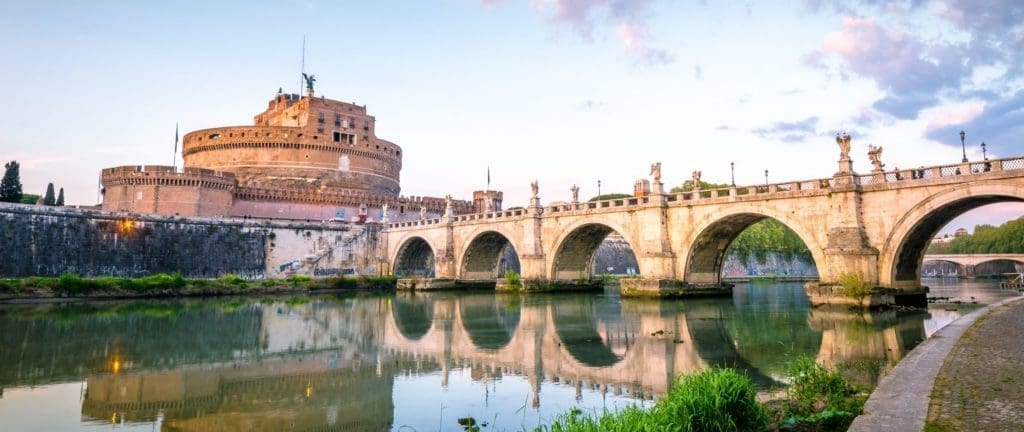
Lunch: There are plenty of dining options in the heart of Rome. Choose from charming cafes, traditional trattorias, or stylish restaurants to enjoy a delightful lunch. Consider trying some classic Roman dishes like supplì (rice balls), cacio e pepe pasta, or a refreshing insalata caprese (Caprese salad).
Note: To avoid large crowds at the Trevi Fountain, visit early in the morning or later in the evening. Be respectful of the fountain and its surroundings, and follow any signage or instructions regarding access.








